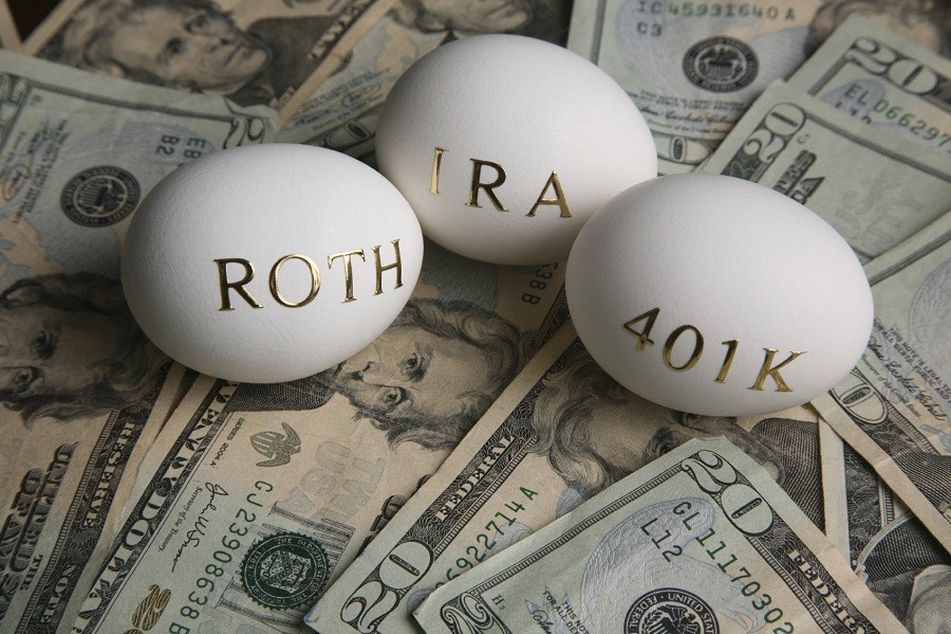Hedge fund creates the ultimate tax-free IRA for employees

Renaissance Technologies workers have seen their Roth IRA holdings in its Medallion Fund grow eight-fold in five years.
Renaissance Technologies, the giant hedge fund founded by billionaire Jim Simons, seems to have created the premier, tax-free retirement account for its employees.
A deft maneuver back in 2012 enabled employees to invest in RenTech’s storied Medallion Fund via individual retirement accounts, or IRAs, which provide tax benefits for millions of ordinary Americans savers who are putting money aside for their golden years.
The difference: Ordinary people don’t have access to Medallion, one of the most successful hedge funds of all time. A recent filing with the Labor Department provides a glimpse into the staggering tax-free wealth Medallion has generated within RenTech employees’ IRAs. As of late 2017, the IRA assets exceeded $660 million, representing an eight-fold jump in roughly five years.
The gains stemmed from Renaissance’s ability to capitalize on a key rule change involving a type of retirement account known as a Roth IRA, where assets can appreciate tax-free after an initial levy is paid. In contrast, taxes on traditional IRAs are deferred until retirement, a structure that permits the government to take its cut on decades of potential investment gains.
‘A slam-dunk’
By paying the tax upfront through a Roth, Renaissance employees could fully reap Medallion’s astronomical returns tax-free from then on. This was particularly valuable in Medallion’s case because the fund’s profits are often generated through short-term trading and thus subject to top tax rates.
“It was a slam-dunk investment for all the employees,” said Josh Lichtenstein, a partner in tax and benefits at Ropes & Gray.
Jonathan Gasthalter, an outside spokesman for East Setauket, N.Y.-based Renaissance, declined to comment.
Renaissance’s strategy, designed to maximize returns that employees received from Medallion, had several moving parts.
The firm initially terminated its 401(k) plan for employees in 2010, a step that permitted them to roll the savings into traditional IRAs. Then, employees took advantage of a rule change that year allowing affluent Americans to convert their traditional IRAs into Roths. The following year, Renaissance applied for clearance from the U.S. Labor Department for employees to invest the accounts in Medallion, which the agency granted and made effective in January 2012.
Roths don’t require workers to take distributions in retirement and can be passed along to heirs.
Fund limits
The Medallion fund has been restricted mainly to RenTech employees since 2005 as the firm took steps to keep its size around $10 billion. The fund historically has averaged annualized returns approaching 80% before fees, but such gains can slump when it gets too big. Even employees face annual investment limits, and Medallion also typically distributes its profits every six months instead of reinvesting the gains.
In addition to the tax benefits, Renaissance employees who invest in Medallion through their IRAs are spared fees that the fund imposes on their taxable accounts. The fund charges a 5% management fee and a performance fee equaling as much as 44% of gains. As a result, employees are increasingly shifting their annual Medallion allocations into their IRAs, according to the filings with the Labor Department.
(More: 7 ways to build up assets in a Roth account)
Big advantage
The $87 million that employees initially allotted to the company IRA plan in 2012 swelled to $664 million by the end of 2017, including $574 million in Medallion, the filings show. In turn, the IRA money — held by about 250 employees — grew to more than 4% of Medallion’s gross assets from about 1% five years earlier.
“Roth IRAs are hugely tax-advantaged,” said Len Burman, a co-founder of the Tax Policy Center, a joint project of the Urban Institute and the Brookings Institution. “If you are expecting to earn a rate of return of 20% or higher, it turns out to be a really good tax shelter.”
People with $100,000 or less in annual modified adjusted gross income could long convert traditional IRAs into Roths through a one-time tax payment. Those with higher incomes gained the same right when former President George W. Bush needed a revenue raiser to offset the cost of legislation extending favorable tax rates on dividends and long-term capital gains.
2005 Law
The Bush administration added a provision to the 2005 legislation eliminating the income cap on Roth conversions, effective 2010. The Congressional Budget Office estimated that the move would generate $9.2 billion of revenue from 2011 to 2013, as wealthy individuals jumped at the chance to pay an upfront tax to convert their traditional IRAs into Roths, thereby eliminating taxes on future gains.
Americans switched $64.8 billion of pretax IRAs to Roths that year, with 79% of the assets belonging to people with incomes of $100,000 or more, according to the Internal Revenue Service.
If the funds were taxed at the top federal rate of 35% at the time, that would have generated about $23 billion in receipts — far more than the budget office had anticipated. But the windfall could also cost future generations a bundle later in the form of lost tax receipts.
“There is a risk that a future Congress is going to wonder where its revenue has gone,” said Andrew Oringer, a partner at the law firm Dechert who counsels clients on tax and fiduciary matters tied to employee-benefit plans. “The answer is going to be that a prior Congress gave it away.”
(More: Are Roth conversions after 70½ advisable? 5 factors to consider)
Learn more about reprints and licensing for this article.








